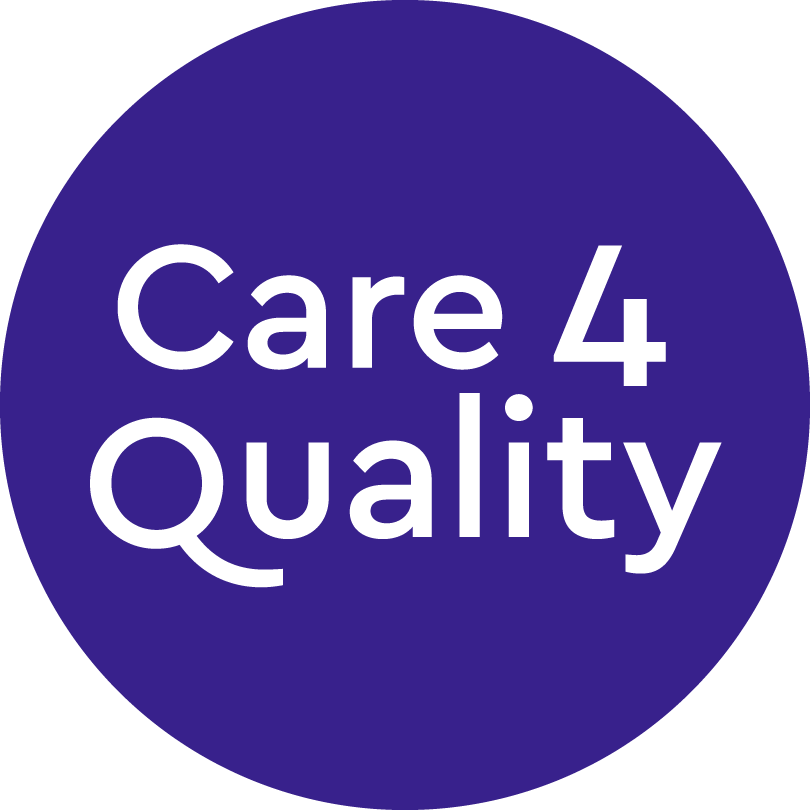Digital tech is often portrayed (by both suppliers and media) as a silver bullet in society. New fancy gadgets that promise to make you more efficient without any apparent drawbacks. The care sector is no different.
We have witnessed an increasing interest in the care sector for various devices and services. With the demographic pressure and the alerting funding crisis, something needs to give, as efficiency alone cannot account for the entire gap.
That said, digitalisation only makes sense when helping real people solve real problems. To help people with learning disabilities become more self-reliant and gain a better quality of life. To assist care workers providing a professional effort that everyone can be proud of. That’s where the real benefits of technology reside.
A recent report by Doteveryone highlights the important role technology has to play in the care sector in the future. However, it is stressed that it can only be a success if the data is built with a focus on the wellbeing and creating a culture that teaches the skills to actually use the technology in daily practice.
Read the full report: Better Care in the Age of Automation (Download the report)
Solves problems in our daily lives
Technology is helping solve problems in our daily lives, that can be solved differently with new ways of working and tools. Together, it makes a difference resulting in more efficient quality care, that allows caregivers to address the demographic challenge with fewer hands and more residents in the care homes
For instance, the tech can consist of specially designed technologies for one specific target group such as people suffering from dementia or more traditional devices in new generations with improvements. Furthermore, technology covers the kind of tools, which aim to minimize the time, that is not creating value for anybody and instead increase the time that does.
This can be done in many ways and by using different technologies that, for instance, take care of the administrative tasks and acts as a management tool in the daily planning of the work structure.
3 prevalent concerns about digitalisation in the care sector
But it’s not all unlimited potential. Many have reluctance toward digitalisation and do not understand why everything suddenly has to be optimised and happen online. The same applies to the digitalisation of work processes and there are many pros and cons. Here, we have listed 3 concerns about care home technology that can actually be addressed:
Concern 1. “It is too difficult to learn and use”
When you hear the word digital, do you think: Not for me? Mainly because you are not “tech-savvy” and because you fear, that it would put you or one of your colleagues in a difficult situation if you can’t use the digital technology?
That’s not necessary. Technologies today are born in an age, where the users’ demands are in focus. They need to be easy to use and must not demand multiple years of education or training. An example is the many kids, that just “pick up” smartphones and tablets today like it’s nothing. The design is user-friendly and often self-explanatory. The same applies to good technologies in the care home industry. It does not demand an expert, but just a human being with a pair of hands.
Additionally, implementation is a keyword. Since the important thing is not the technology itself, but what it allows the user to do. It is tough work for an organisation to implement a new way of working. That’s why a good implementation plan is also based on change management.
Then don’t fear. Many feel the same way. Most sound tech accounts for factors like those. For instance, with the help of cloud computing a different and improved process for the customers and users can be created; also in regards to data security.
You could start by asking yourself if a shift to digital technologies would be a step up? From having all your papers in the filing cabinet in your office or on your servers in the basement, you obtain different flexibility and economy in terms of storing data.
And when it comes to security, the big players on the market, who are controlling the largest data-centres (e.g. Microsoft), are so much ahead of the local solutions with a strong interest in keeping trespassers and viruses out with requirements of redundancy and back-up services.
Concern 3. “It doesn’t pay off”
Thirdly, do you fear the costs of going digital in addition to the technology does not meet your expectations and deliver the promised effect?
In the beginning, when technology and the digitalisation process first gained acceptance as a concept, it was with great accolades and savings in mind. These accolades have now been under scrutiny because some projects have resulted in less than profitable cases. It is obvious, that there are more perspectives to take in. What is, for instance, the purpose of the specific technology? Which outcomes do you strive for? And what do previous results in your area of business indicate?
When you address some of these aspects, it becomes clear, that new technologies require strong management and crystal-clear premises. When that part is in place, you can more easily measure and quantify the quality and gains.
The fact that one certain way to handle a problem or challenge not necessarily saves money, increases efficiency or secures information in the best way possible is seen in all sectors – and with most types of solutions.
Technology and digitalisation in the care sector cover all types of technologies that support the users and the organisation with their work to provide better care. We believe that the focus of the care sector is to secure better resource exploitation and one of the solutions to that is by utilising new technologies and aids.
